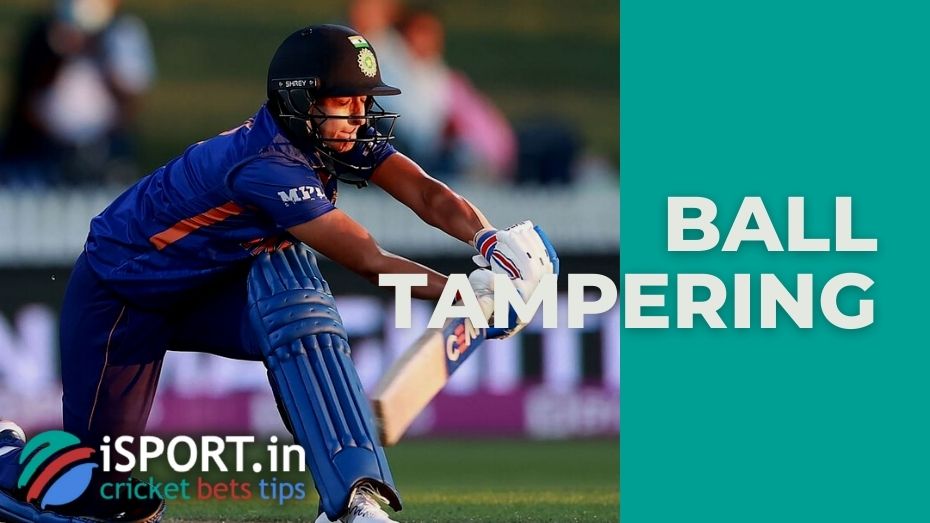Ball tampering

As in life, in sports, you often have to face the tricks of colleagues. In cricket, one of the tricks is ball tampering. This refers to the act of illegally altering the condition of the ball to make it more difficult for the batsman to hit.
Ball Tampering: What It Means
Why do cricketers do the ball tampering? Simply put, it’s to change the ball’s aerodynamics. Players aim to influence how it moves through the air, making it swing or bounce unpredictably. Over the years, various methods have been used — some subtle, others not so much. For instance, players have applied lip balm or even used sandpaper to affect the ball’s surface.
Before 2020, using saliva was considered a legal and effective way to maintain the ball’s condition without violating the rules. Players would moisten their hands and rub the ball to shine it. However, during the global COVID-19 pandemic, the International Cricket Council (ICC) banned the use of saliva on the ball. Teams can now receive up to two warnings per innings for violating this rule. A third offense results in a five-run penalty awarded to the batting side.
Ball tampering was always considered damaging to the seam of the ball, and penalties immediately followed for such a violation. According to Law 41.3 of the Laws of Cricket, players are allowed to polish the ball using sweat (not saliva), dry it with a towel, and remove dirt, but must not apply any artificial substances or cause deliberate damage.

Ball Tampering: Who’s Watching?
Umpires are responsible for monitoring ball condition throughout the match. If a cricketer is caught tampering, the opponent is awarded five penalty runs. The captain may also request a replacement ball. If a bowler violates the same rules for the second time in an inning, he must stop playing in this round ahead of time.
Ball Tampering: Who Violated It?
In the history of world cricket, there are more than two dozen discussed stories when players were accused of ball tampering. One of the most discussed cases occurred in 2001. In the match of the national teams of India and South Africa, the umpire removed the Indian cricket star Sachin Tendulkar from the field for wiping the seam.
The decision sparked outrage among Indian fans, and the national team lodged an official protest. Ultimately, the protest was upheld, and Tendulkar was cleared of the charges. Still, the ICC maintained that he had altered the ball’s condition without informing the umpire, which was against the rules.
